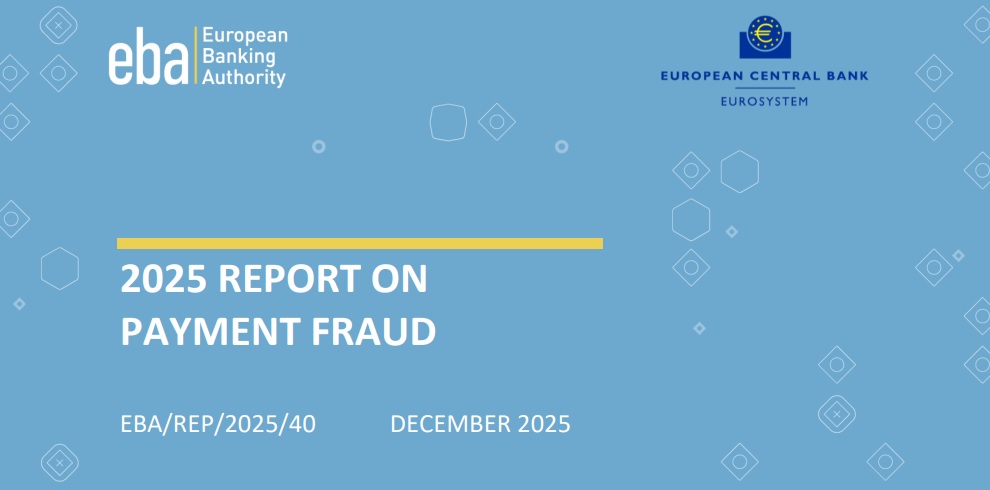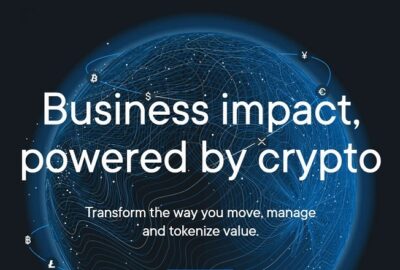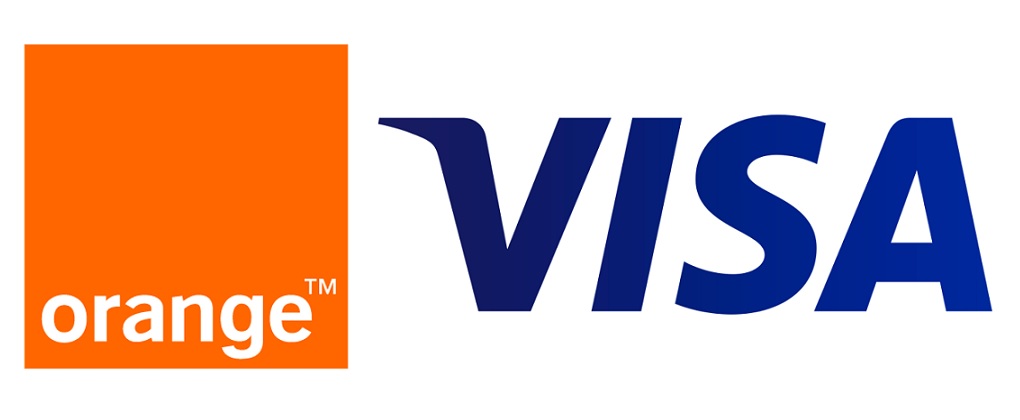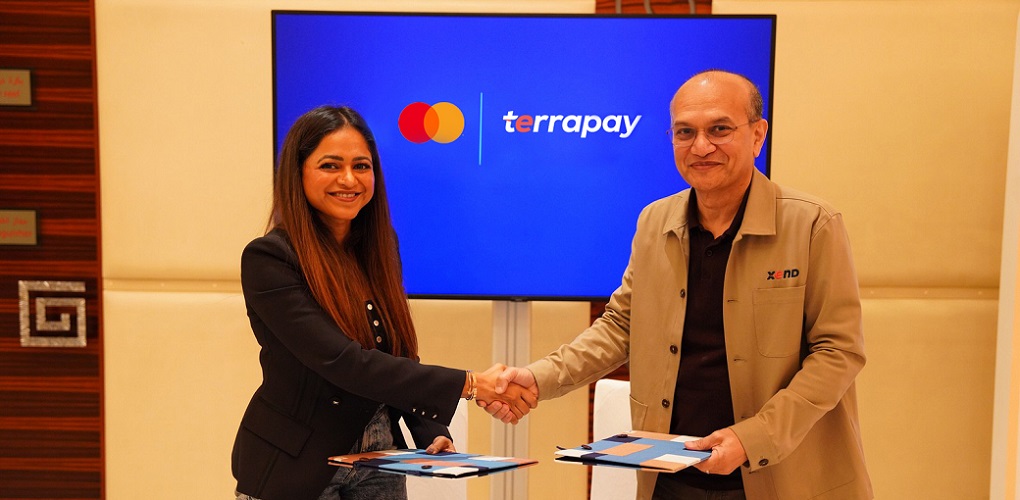Circle: „for the first time, sending money across borders is just like sending email or sharing photos, free and instant”
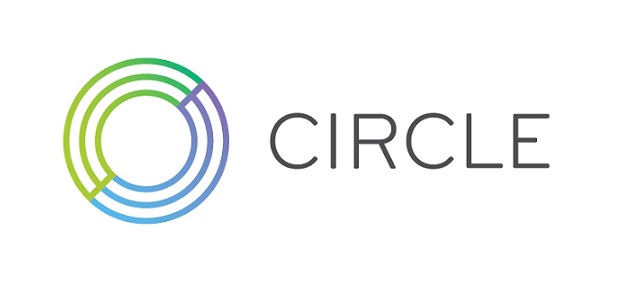
Circle customers in the US, UK and Europe now have the ability to send and receive money instantly across borders with no fees and no markup on foreign exchange rates. For the first time, sending money across borders is just like sending email or sharing photos: free and instant. It’s another step in our mission to tear down borders and barriers to sending money anywhere in the world.
„No one will ever have to pay fees or foreign exchange markups on payments sent to or from the US, UK and more than a dozen European countries. Payments can now be sent between US dollars, British pound sterling or euros instantly and there are no fees at all and zero FX markup on exchange rates if sent using Circle.
Whether paying back a friend or family member, sending some funds to your child or family member overseas, or chipping in for a trip – sending funds in the US, UK or Europe now works the same as sharing a photo, text message or email. Funds are sent for free and arrive instantly.”, writes Jeremy Allaire and Sean Neville, Circle co-founders.
This is a significant new benefit for Circle customers. It also represents a disruption to the entire consumer cross-border payment market. Prices and profit margins for payments are collapsing to zero, in the same way that the price of communications and information publishing collapsed to zero in the first phases of the internet.
Understandably, people will be asking how Circle can make this possible. How can a business afford to remove any fees for sending money around the world? More on that below.
European growth momentum
Circle continues to rollout in Europe with significant growth in the past year. Circle’s overall growth rate in customers year over year has been over 1000%, and our payments volume growth rate in Europe since January has been over 500%. In 2017 in the UK, Circle’s average monthly social payments growth rate has been over 50%. Circle handled over $1B in transaction volume in 2016.
Most Circle European customers are millennials (90% are below 35 years old and 60% are below 25 years old) and they use the product for many of their day-to-day person to person payments such as splitting the cost of a meal, sharing rent and its associated expenses, and reimbursing for a gift.
Circle is officially launched in the US, UK, Spain and Ireland, and is also available in early access release in 15 other markets (Germany, France, Italy, Netherlands, Finland, Slovenia, Slovakia, Estonia, Austria, Portugal, Poland, Luxembourg, Czech Republic, Croatia, Liechtenstein).
Product updates
Circle also introduced a range of product updates that ease how customers can get started, share and use Circle with friends, make larger payments, and receive money faster.
Customers can now receive payments into their bank accounts even faster through the introduction of near-instant withdrawals in the UK via Faster Payments to UK bank accounts, and same day withdrawals into most European bank accounts via SEPA withdrawals.
Customers can now sign up and use Circle in seconds using a Facebook account. We’ve also made it easier to find friends who are already using Circle, including friends in your mobile contacts and Facebook friends.
Customers wanting to send larger payments (thousands of pounds, euro or dollars) can now more easily do so without significant delays, with instant upgrades to higher limits for most customers, and once again, with zero fees and no FX margin or markup.
Finally, customers on iOS can enable Touch ID for authorizing payments and transactions. While many finance apps support Touch ID for additional login security, Circle now supports using Touch ID to authorize each payment and withdrawal, eliminating the hassle of two-step verification codes for those who prefer this form of security.
Making payments instant, global and free: how do Circle make this possible?
So let’s get back to those questions about how Circle can deliver so much and charge nothing. Circle was founded on the vision that open protocols were emerging for the storage and transmission of value, in the same way that we have protocols for sharing and moving information and data over the internet. Originally inspired by Bitcoin and its underlying blockchain, these technologies have matured to the point where we can now make this possible.
Last December we announced Spark, an open source project that enables consumer digital wallets to work together seamlessly over the internet. Spark is an evolution of our core infrastructure for transactions, currencies, identity, risk and all the business rules that leverage them.
Spark is built on Ethereum and can run on private and public ethereum blockchains, while being designed for compatibility with other DLT technologies and runtimes. Spark provides a smart contract container that enables wallet-to-wallet transactions within and across currencies, including native digital assets as well as digital fiat assets (digital dollars, euros and other currencies). Also within Spark are all the rules for payment settlement and reversals, and the secure exchange of KYC/AML-related information to meet compliance obligations.
„While we have not yet released the open source code for Spark, we are working with multiple consumer internet and consumer fintech companies on implementing Spark and helping take the ecosystem forward toward free and open consumer payments. We hope it will become a global centerpiece for sharing value on the internet, in the same way that email and other consumer services seamlessly pass from country to country online.”, says the co-founders.
Crypto assets and Circle trading
Over the past several years, Circle has put in place a treasury and trading operation that ensures that its customers can beam money between currencies instantly and for free. A big part of that involves actively trading in the digital currency market. As Circle prepare to rollout Spark with more partners in more geo-currency zones, the company has significantly expanded its crypto asset trading activity.
Circle actively trades and provides significant market liquidity for bitcoin, ether, xrp and increasingly nascent tokens and ICOs.
„We actively make markets on nearly all major exchanges globally, and provide significant scale in over the counter (OTC) trading with large natural buyers and sellers of crypto assets. The growth is significant — last month (May 2017) Circle directly traded over $800M in crypto assets.” writes co-founders on the company blog.
With the recent explosion of interest in digital assets around the world, this activity has expanded, and Circle is actively taking on more and more trading counterparties. There’s a lot of exciting activity as the market for digital assets matures into what appears to be a more mainstream category for investment and wealth management. Circle intends to continue to be at the forefront of this market maturation phase.
Future services
„Our focus today is on delighting consumers in the US, UK and Europe with an open, global social payments experience. We continue to build connections with other p2p payment apps using blockchain technologies that will enable these experiences all around the world and across all major currencies. This is a massive and multi-year project and something we have been committed to and working on since our inception. We’re finally reaching many of the initial goals and milestones that we set out for ourselves when we founded the company, and the underlying technology is now maturing to a point where we can do this in a truly open and global manner.
We don’t believe there is a revenue model for domestic or cross border consumer payments, and we are not trying to generate any revenue from those payments. Just as the internet entirely commoditized information sharing, data sharing and communications, we are on the cusp of that commoditization happening in consumer payments.
With a rapidly growing customer base and the launch of Circle throughout the US, UK and major European countries, we are beginning to share more details about new products in consumer finance integrated with the Circle consumer experience. Our innovations in social payments, blockchain technology, digital asset investment and trading markets, and machine learning-based risk decisions, are leading us toward exciting initiatives that can truly revolutionize how consumers can access credit, share value with each other, and save and invest their money.
Our view has been that payments and spending accounts will become a global commodity on the internet, replacing traditional bank accounts and leading to new types of experiences rooted in mobile social and messaging behaviors. And these accounts will be built on global open protocols for value exchange. We’re almost there.
We believe the same technology drivers that make payment utility a free service will also create opportunities to radically transform the time value of money, creating new models of lending and credit and new avenues for saving and investing. These new models of saving and investing will be built on blockchain tech and point toward an open, borderless and software-powered future for consumer finance. This is an exciting future, and we’re happy to help drive it forward.” says Jeremy and Sean, Circle co-founders.
Source: Circle
Dariusz Mazurkiewicz – CEO at BLIK Polish Payment Standard
Banking 4.0 – „how was the experience for you”
„To be honest I think that Sinaia, your conference, is much better then Davos.”
Many more interesting quotes in the video below:


